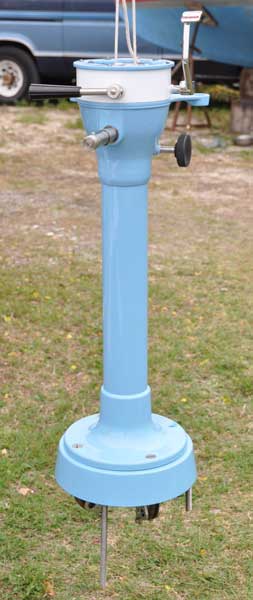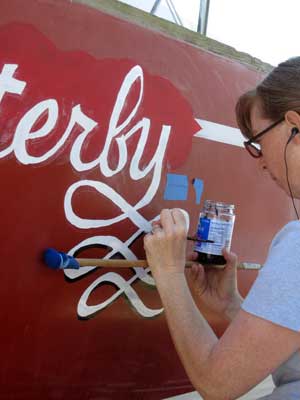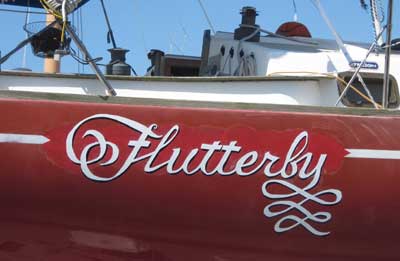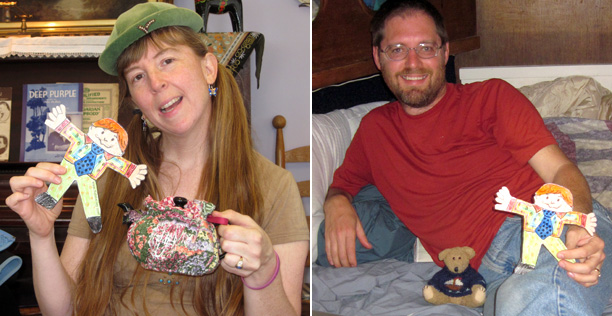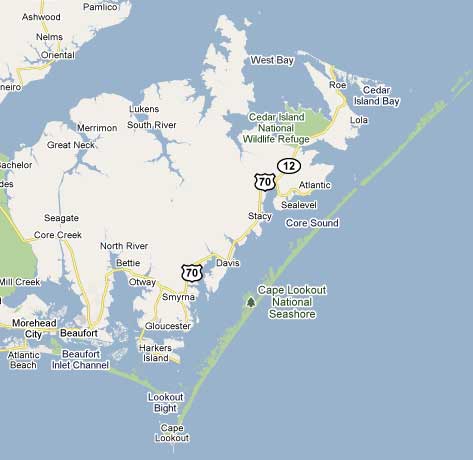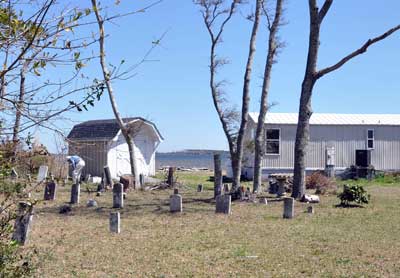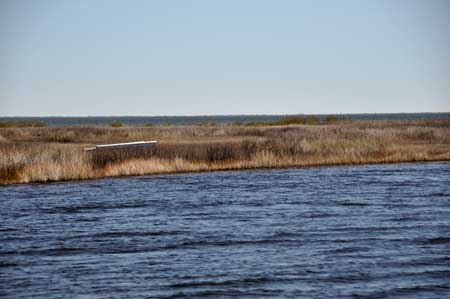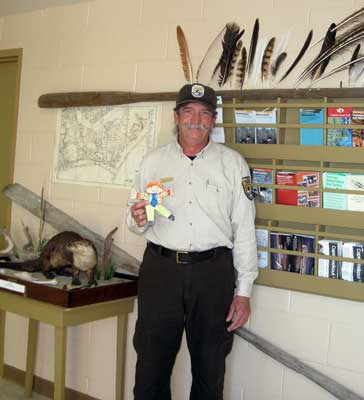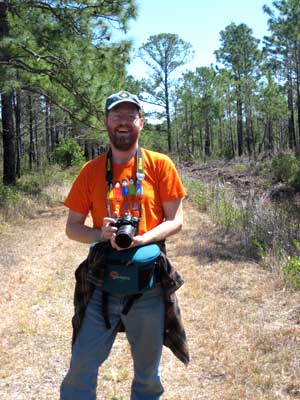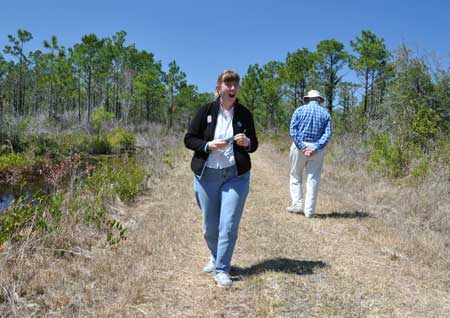I was replete, after dinner at the Hong Kong Buffet with my too-thin brother, Stevie. We said our farewells, and I took the wheel and headed west and north from Durham, North Carolina.
When I took the first corner, though, there was a loud THUNK from the rear of the van. “What was that?” I asked Barry, alarmed. “That’s the ladder,” he said, “or maybe the campstools. Or both.” “OK,” I said, and continued driving.
A sharpish corner brought another THUNK from the rear. I didn’t think about it until the next one, THUNK, which was the turn onto the interstate on-ramp.
The THUNKs subsided, because there were no more sharp turns. But I started worrying, worrying, worrying. What was that ladder bumping into? Could it be the van’s window? Would the next THUNK be accompanied by breaking glass?
I finally voiced my worries, along with the statement that “we” should do something about that. (By “we,” I meant Barry.)
“OK, next rest area,” he said. Now he was the one thinking. (Small smoke puffs were coming out his ears.)
Around dusk, I found a scenic overlook near Pilot Mountain, and Barry had decided what to do. We’d flatten the ladder (12 feet long), tie the sail and conduit to that (10 feet long), and strap the conglomerated sausage to the roof rack. Since Squidley is 17 feet long, it wouldn’t even stick out.
Barry lifted the folded ladder out of the back, and I breathed a sigh of relief. The window wasn’t cracked. Then he passed it to me, saying “Make it flat,” and my relief went away.
The ladder in question is a Versaladder, one with four segments and three sets of hinges that can be converted from stepladder to scaffold or tall ladder. But I always pinch my fingers in the stiff hinges. This time, I was worrying so much about my fingers that one section of the gangly thing got away from me. Fwing! It flopped onto the pavement, nearly putting a dent in the van, and Barry, in the process.
A stocky man with sandy hair and a moustache was standing nearby, and he couldn’t help but laugh at my antics. Then he looked at me, sheepishly, and I started laughing, too.
Curiosity got the best of him, and he walked over. “Is that a ladder?”
“Yes, and the sail from a 33-foot sailboat,” I said, explaining Barry’s plan to move the load on top of the 7-1/2 foot tall van. The man looked skeptical. I was skeptical, too. “How do we get the ladder on top without the ladder?” I asked Barry.
“We put one end up and then walk it up,” he said. As the sandy-haired man watched, we each went to one end of the ladder to test the weight. It was a grunt, but I could lift one end.
Barry started tying things to the ladder, and the man hung around and chatted with me. He seemed too shy to be talking freely to a stranger, but I found out that he lived nearby and worked at the battery plant in Winston-Salem. He’d just come from a car show, and his hobby was fixing up old cars. “Sound more like a passion than a hobby,” I commented. He almost blushed.
Then Barry handed me a rope and said, “marl that end around the sail and the rungs.” The sandy-haired man looked impressed with Barry’s fancy word, but I rolled my eyes. “Showoff,” I muttered.
When I joined the tying process, our curious friend walked back to his car. I thought he’d left for good.
But when it was all tied on the ladder, and we started carrying it out behind the van, he reappeared. Suddenly, the load was much lighter as a third set of hands joined in the lifting. In about 20 seconds, the tough part of the job was done.
“That was so easy!” I exclaimed to the man. “You must have had all the weight.”
“No, I thought you did,” he said.
“It wasn’t me,” said Barry. All three of us grinned at each other.
We shook his hand in thanks, and then he wished us safe travels and went away, for good this time.
Now I understood why he’d hung around and chatted, even though he was very shy. He was afraid that we wouldn’t be able to get the ladder on the roof by ourselves. He’d hung around the overlook for an extra 15 minutes, just to help us lift it.
It was dark as Barry clambered like a monkey to tie the ladder to the roof rack. Then we continued on our way, grateful for the man who stayed so he could help when he was most needed.

